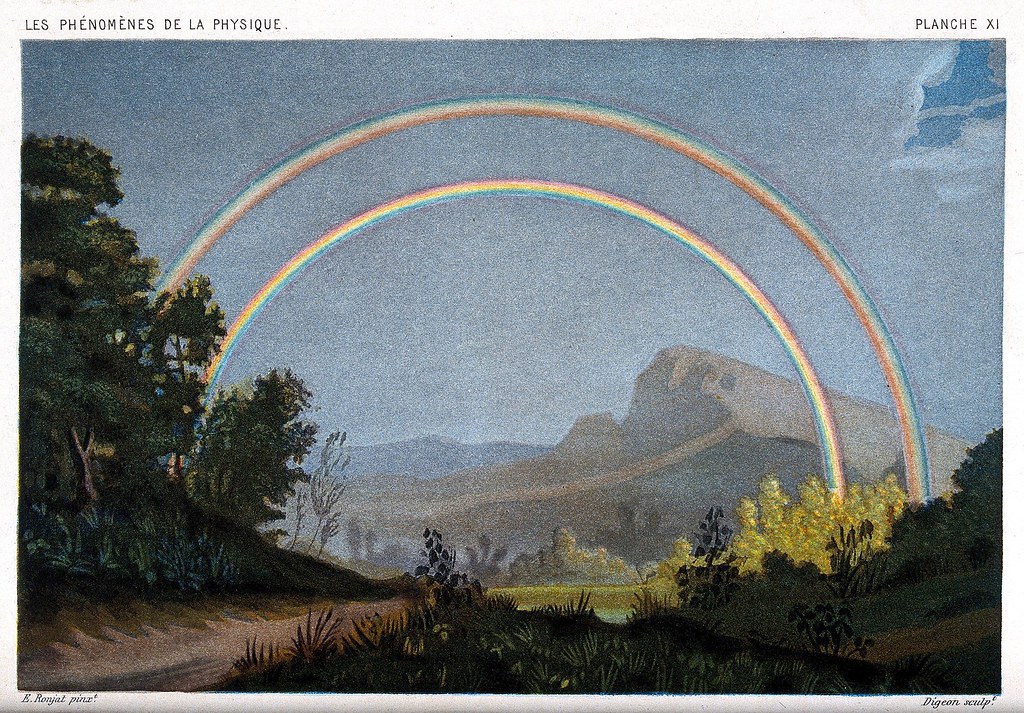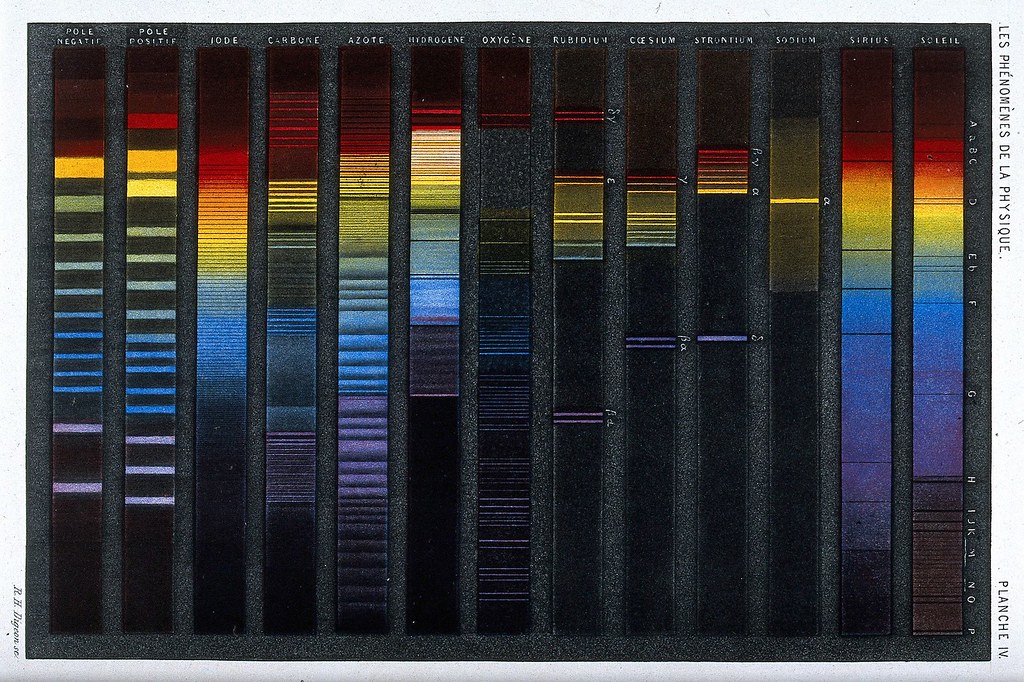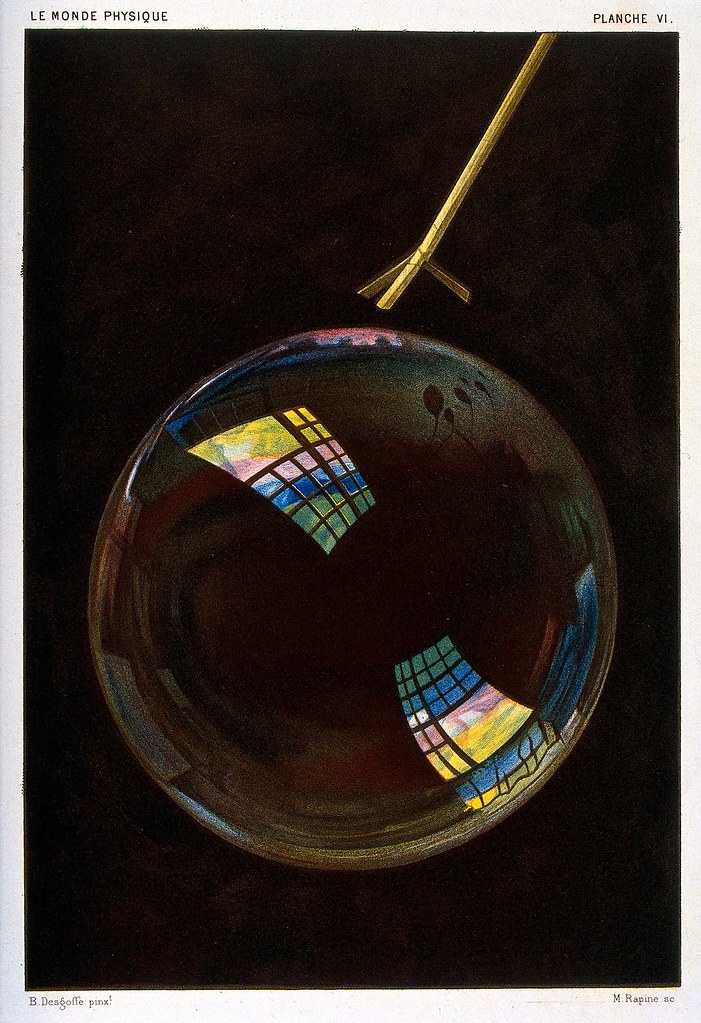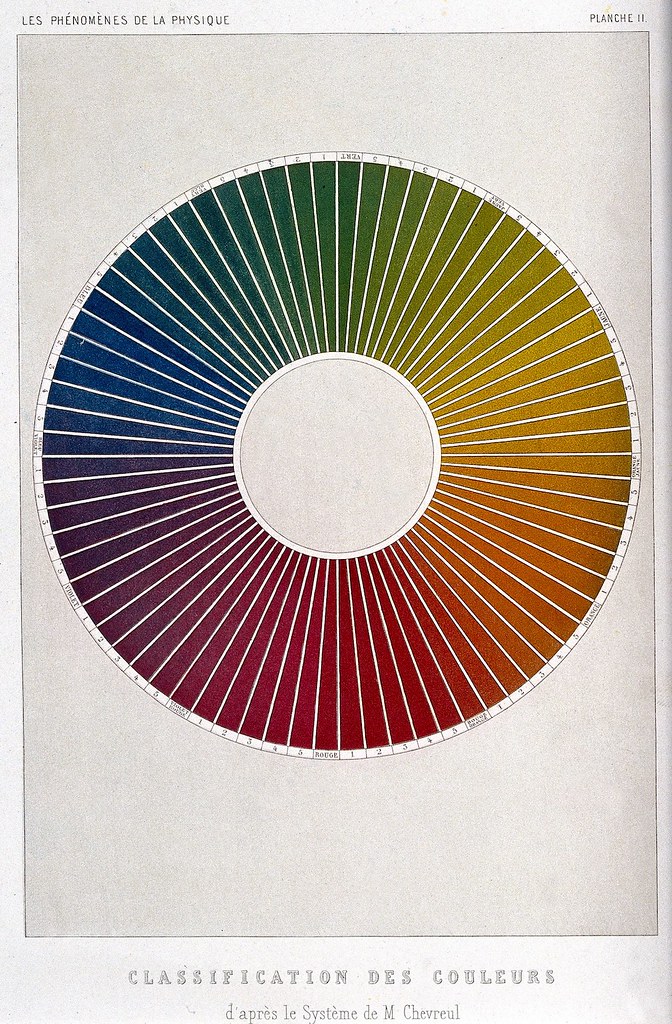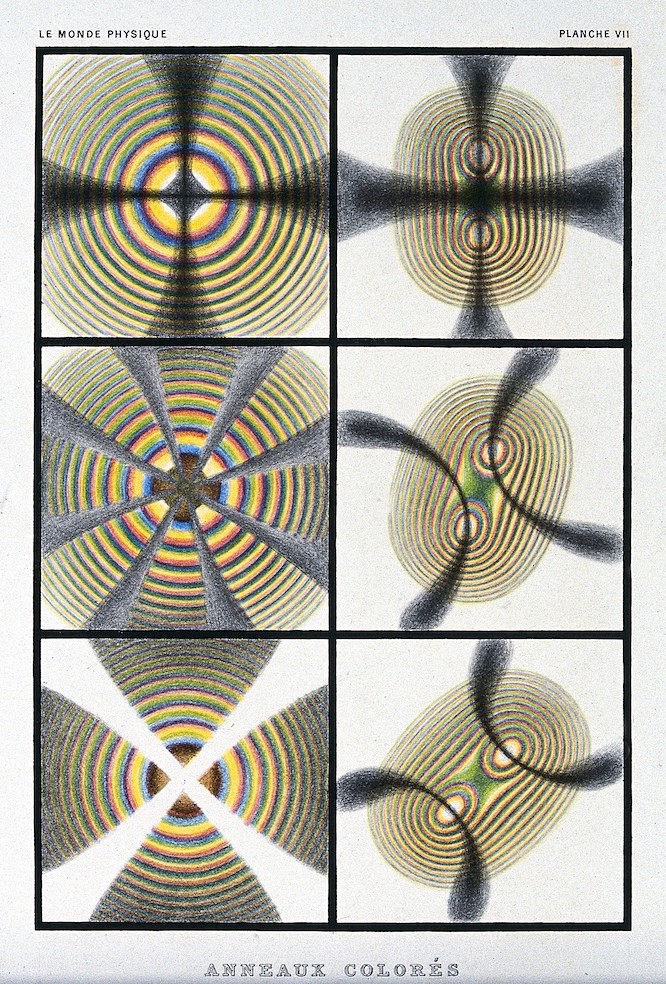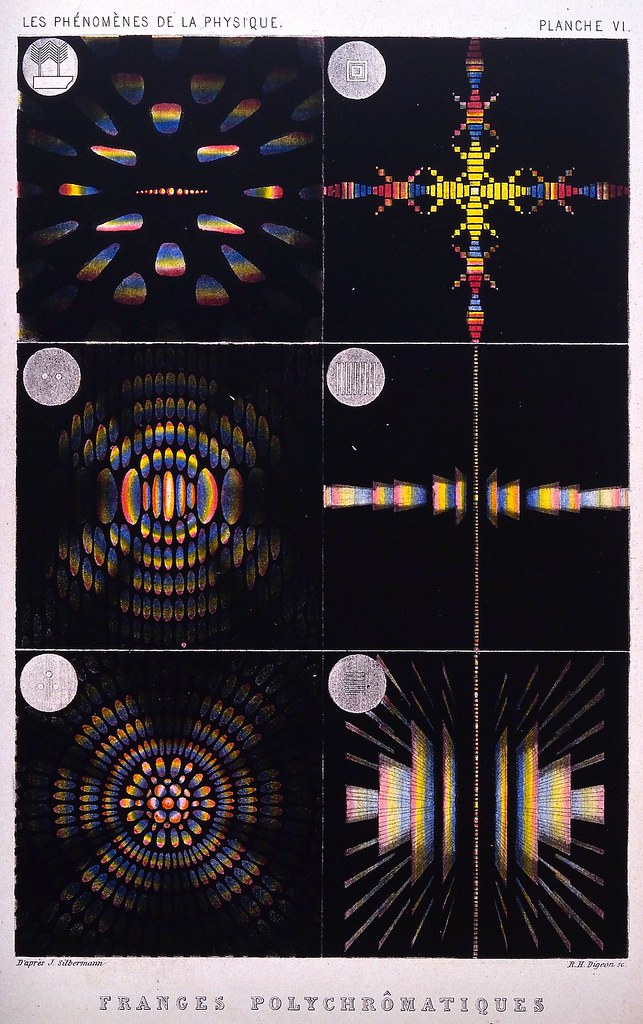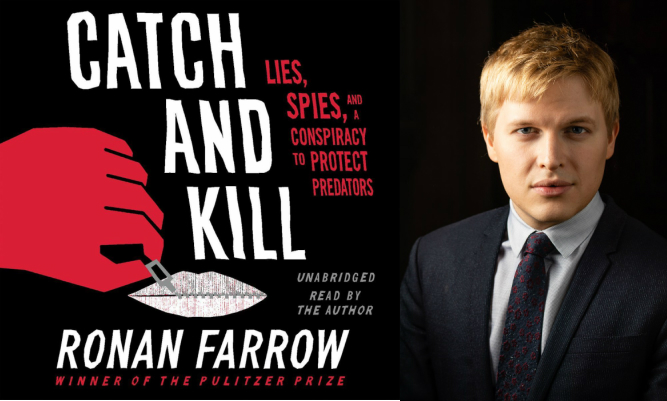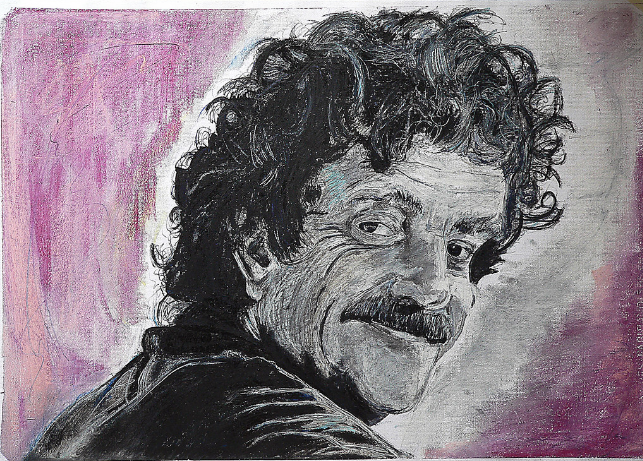Before surrealism became Merriam Webster’s word of the year in 2016 for its useful description of reality, it applied to art that incorporates the bizarre juxtapositions of dream logic. We know it from the films of David Lynch and paintings of Salvador Dalí. We may not, however, know it from the poetry of Andre Breton, “but the movement actually began in literature,” points out the Scottish National Gallery introductory video above. Breton, influenced by Freud and Rimbaud, railed against mediocrity, positivism, the ‘realistic attitude,” and the “reign of logic” in his 1924 “Manifesto of Surrealism.”
If this sounds somewhat familiar, it’s because Surrealism was “built on the ashes of Dada.” The first group of artists who worked under the term Surrealism included Tristan Tzara, who had penned the “Dada Manifesto” only six years earlier. Where Tzara had claimed that “Dada means nothing,” Breton declared Surrealism in favor of dream states, symbolism, and “the marvelous.”
He also defined the term—a word he took from the Symbolist poet Guillaume Apollinaire—“once and for all.”
SURREALISM, n. Psychic automatism in its pure state, by which one proposes to express — verbally, by means of the written word, or in any other manner — the actual functioning of thought. Dictated by the thought, in the absence of any control exercised by reason, exempt from any aesthetic or moral concern.
The artists and writers who coalesced around Breton represented a hodgepodge of styles, from the pure abstraction of Joan Miro to the hyperrealist fantasies of Dali and playful symbolist conundrums of Magritte and art pranks of Marcel Duchamp.
As artists, theirs was foremost an aesthetic radicalism invested in Freudian examinations of the psyche through the imagery of the unconscious. “But when [the movement] emerged in Europe,” notes the PBS Art Assignment video above, “during the tenuous, turbulent years following World War I and leading up to World War II, Surrealism positioned itself not as an escape from life, but as a revolutionary force within it.”
Breton joined the French Communist Party in 1927, was tossed out in 1933, and in 1934 delivered a speech, which became a pamphlet entitled “What is Surrealism?” Here Breton redefined Surrealism as an anti-fascist position, “a living movement, that is to say a movement undergoing a constant process of becoming…. surrealism has brought together and is still bringing together diverse temperaments individually obeying or resisting a variety of bents.”
Here he alludes to previous political turmoil in the Surrealist ranks: “The fact that certain of the first participants in surrealist activity have thrown in the sponge and have been discarded has brought about the retiring from circulation of some ways of thinking.” The reference is partly to Dali, whom Breton expelled from the Surrealist group that same year for “the glorification of Hitlerian fascism.”
As World War II began, many Surrealists fled Europe for the United States. Breton traveled the Caribbean, settled in New York, and developed a friendship with Martinican poet, writer, and statesman Aime Cesaire. He met Trotsky, Frida Kahlo, and Diego Rivera in Mexico, and participated in the burgeoning Surrealist movement in the U.S. and Latin America.
The influence of Breton and his Surrealist literary peers on mid-century fiction and poetry in the decolonizing global south was significant. Breton “insisted art be created for revolution not profit”—points out the video above, “Surrealism: The Big Ideas.” Dali, on the other hand,“wasn’t really into all that.” The painter retreated to the U.S. in 1940 with his wife Gala, spending his time on both coasts and becoming a popular sensation. America “offered Dali endless opportunities for his talents.”
Dali “introduced Surrealism to the general public, and made it fun!… America loved it, and him. They made Dali a celebrity,” and he helped popularize a Surrealist aesthetic in Hollywood film and Madison Avenue advertising. But to really understand the movement, we must not look only to its visual vocabulary and its influence on pop culture, but also to the poetry, philosophy, and politics of its founder.
Related Content:
When The Surrealists Expelled Salvador Dalí for “the Glorification of Hitlerian Fascism” (1934)
A Brief, Visual Introduction to Surrealism: A Primer by Doctor Who Star Peter Capaldi
Watch Dreams That Money Can Buy, a Surrealist Film by Man Ray, Marcel Duchamp, Alexander Calder, Fernand Léger & Hans Richter
Read and Hear Tristan Tzara’s “Dada Manifesto,” the Avant-Garde Document Published 100 Years Ago (March 23, 1918)
When The Surrealists Expelled Salvador Dalí for “the Glorification of Hitlerian Fascism” (1934)
Salvador Dalí Goes to Hollywood & Creates Wild Dream Sequences for Hitchcock & Vincente Minnelli
Josh Jones is a writer and musician based in Durham, NC. Follow him at @jdmagness




